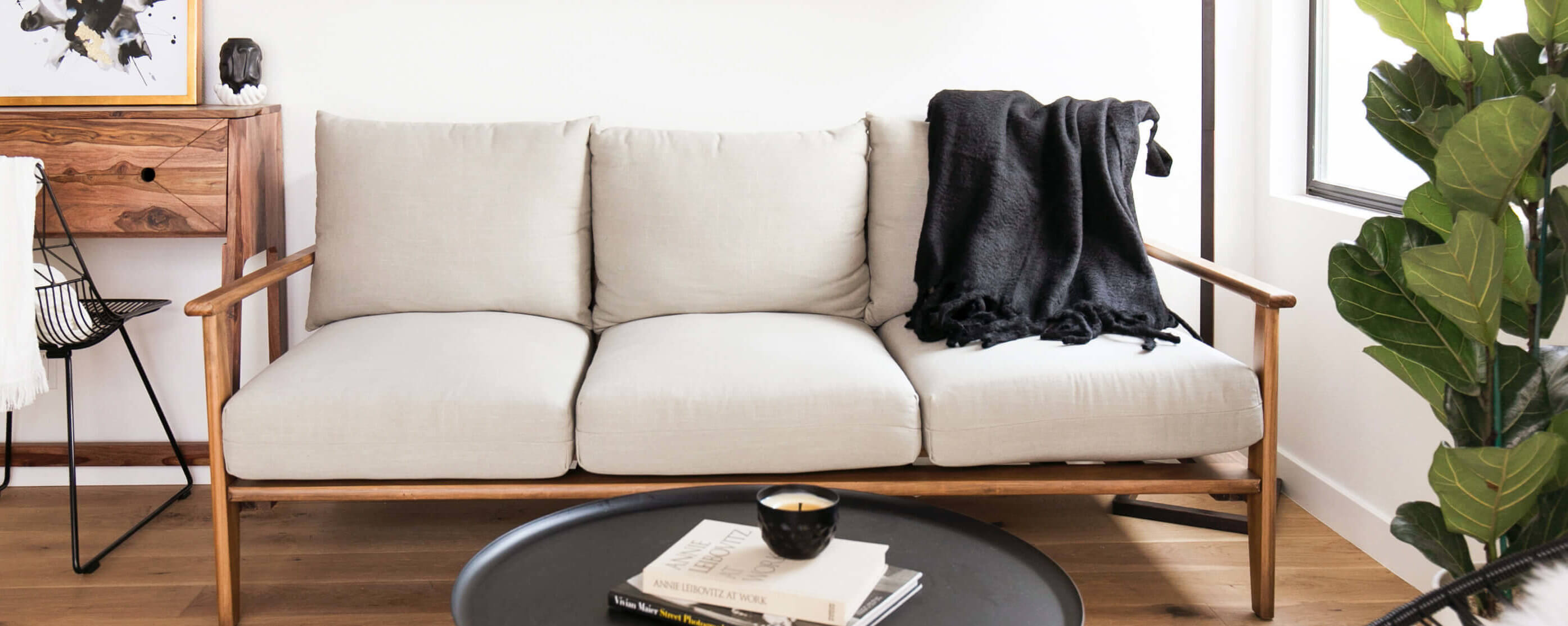International co-living operator Node has opened its newest co-living apartment residences in Los Angeles after launching, what it calls, a “collection of thoughtfully designed boutique apartments” in cities like London, New York, Los Angeles, Dublin, and Toronto. Its newest LA residence is the company’s first west coast development after a successful expansion in New York. In October, Node Dublin raised €12.4M in funding from a commercial property lending platform.
Co-living addresses a gap long experienced in the housing market where apartments are in short supply and rents in the world’s most vibrant cities always pinch professionals. In New York, for instance, average rents have grown from 29% of average income in 2002 to 34% in 2014. This is why, CEO and founder of Node, Anil Khera, tells Techweek, co-living is a “cost-effective housing solution” and the best way to “live in an Instagram ready interior designed apartment”.

Node’s LA residence (PC: Node Living)
In the past few years, dozens of co-living startups such as Ollie, WeLive, Common have cropped up. While there’s nothing new about adults sharing a house, co-living houses promise to be half-hotel, half-apartment with fixed furniture and flexible leases. If you’re on a budget, new to a city, or simply lonely, co-living might be just the housing trend for you. Tech-savvy and nomadic professionals, who don’t think too much of home ownership, are increasingly turning towards co-living concepts as the spaces match their economic and lifestyle reality. And the services provided by these co-living startups, such as roommate discovery or community bonding activities, Wi-Fi and other housekeeping facilities, greatly appease millennial sensibilities.
But the real reason for the co-living boom is the traditional real-estate industry’s negligence.
“As someone with a 15-year background in real estate investing, I became frustrated with how the industry was creating residential housing in urban cities,” Khera says. “The old property model of ‘build and sell off plan’ by developers has led to a broken society, where investors buy condos and then either keep units empty for speculation or rent them out with little management attention – the result being fractured ownership in a building with nobody bringing all these people together.”
How Node Builds Communities
Traditional apartment owners, the argument is, focus on collecting rent and don’t care about the experience or the community. It might be the age of the social network, but is it possible to make it easier for a newcomer to physically assimilate in a community? Node’s answer is a resounding yes.
“We have multiple resident events, ranging from wine tastings, friendsgiving dinners, christmas tree decorating, backstage theatre shows and film festival outings,” Khera tells Techweek. This environment of shared social activities, Node’s team believes, helps foster creativity and community. “We’ve had many residents become great friends,” Khera continues. “And given most people work in creative, entrepreneurial and innovative industries, this interaction has helped them have a group of inspirational people as both sounding boards and future collaborators.”
As Node is present in more than one city around the world, and plans to be in around 30 global cities, its app allows residents to meet others globally, thus elevating the idea of a community as opposed to its locally focussed peers. But that’s also its most difficult task. As Node launched in North America and Europe from the outset, “navigating different cultures, regulations, time zones and ways of doing business” was one of its biggest challenge in a housing industry that’s known for being local.
Operator to Owner Co-living Model
Another attribute associated with local co-living is crammed, dorm style living spaces. Node attempts to be different. It follows what Khera calls, “individualized lifestyle and interior design approach”. (Our residents)…“tend to want slightly larger private spaces where they share kitchens with only 1-2 other people, have a choice over who their roommate is and live in unique and individually interior designed units”.

Node pride itself on its “curated apartments” (PC: Node Living)
Node’s typical rent of $1,400 per month gives a resident a room in a shared two-three bed apartment. If that amount seems steep by co-living standards, it’s because Node wants to distinguish itself from dorm-style co-living. Design, in fact, is its main element. While spaces are compact, Khera says “Node doesn’t compromise in providing some form of kitchen and living space in every unit.” And it brings frill-ons like “hi spec SMEG kitchens with retro refrigerators, nest eco-thermostats, and individually sourced furniture”.
Most other co-living startups depend on management agreements with owners for their apartments but Node is different. It is not only an operator, but also calls itself a “vertically integrated investor, owner and developer”. “We can operate properties in a venture with other developers and have the in-house ability to design, build, invest and operate in our own properties – globally,” Khera says.
He draws the parallel between co-working and co-living where unlike coworking where it’s relatively easy to take some office space and convert it, there are few residential buildings in global capitals that can be converted. “While some operator models will be successful,” Khera says of co-living startups that don’t build or own their properties, “most will struggle to get the volume of buildings under management and scale to make them profitable and able to withstand economic cycles.”
A disruptive idea makes life easier for someone. Co-living does just that. It makes it easy for the globally mobile renter to find and move into a place, albeit at a cost. No more do they have to navigate untrustworthy brokers, try their luck with a roommate on craigslist, spend considerable time buying and moving in furniture or waiting for the utilities and WiFi to be set up. In that sense, paying slightly more and immediately being integrated into a community has its advantages. It’s also why Node claims to rarely worry about filling its apartments. “As we grow and have more communities open, we have found that many of our existing residents recommend Node to their friends,” Khera says. “And if they are moving out, which is typically for a job transfer, they often have a friend ready and waiting to take their space.”
Subscribe to our newsletter



